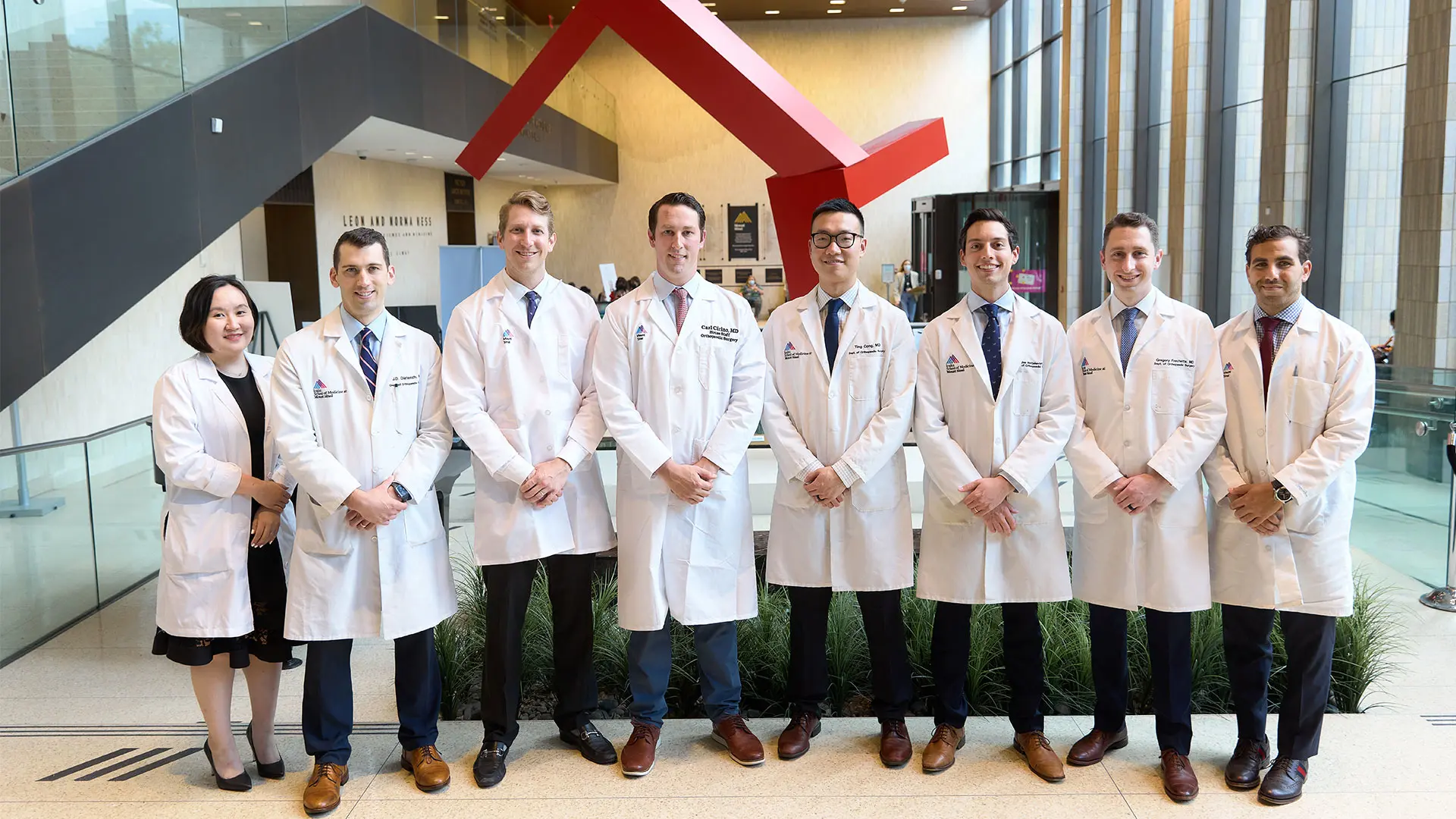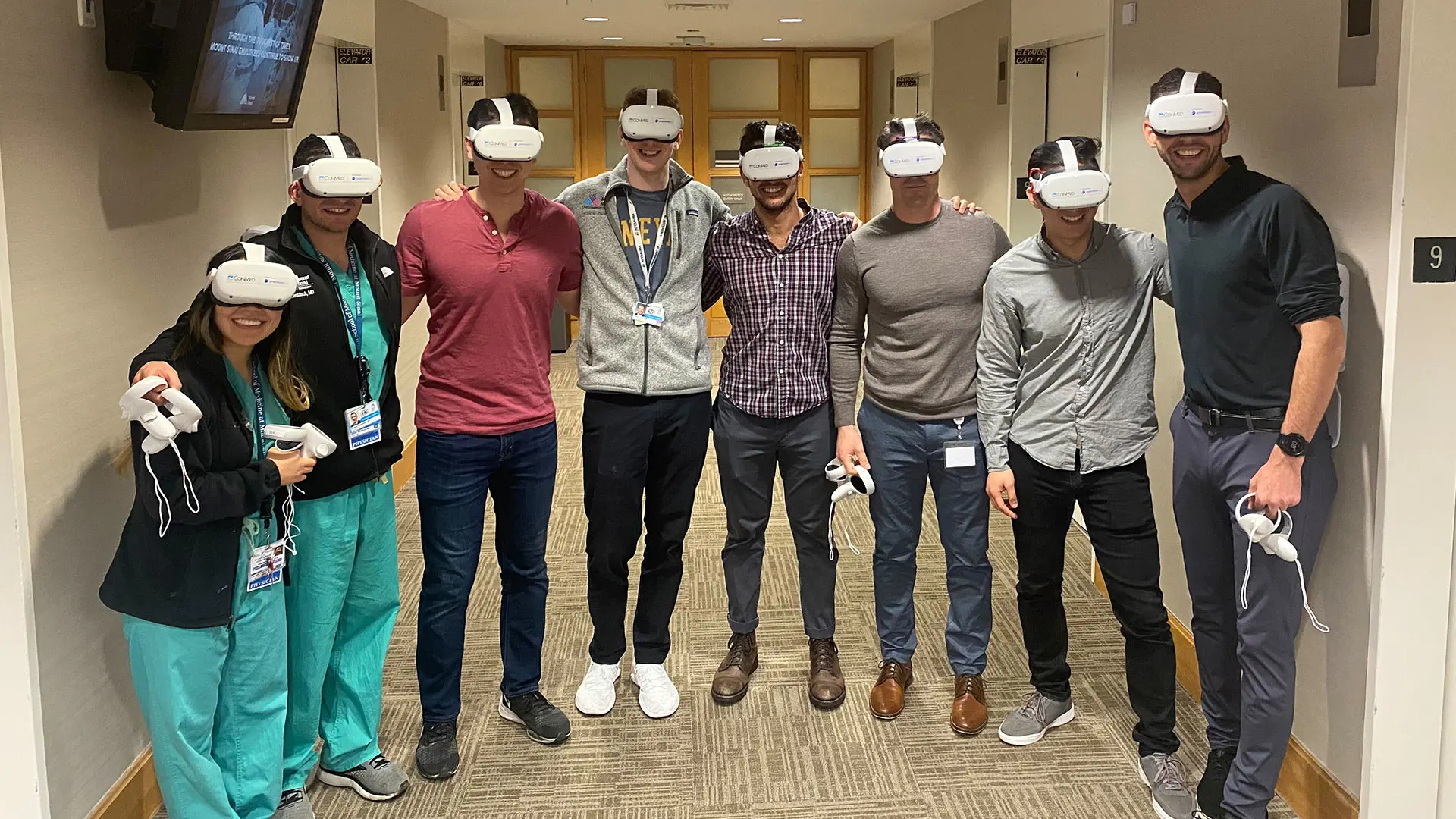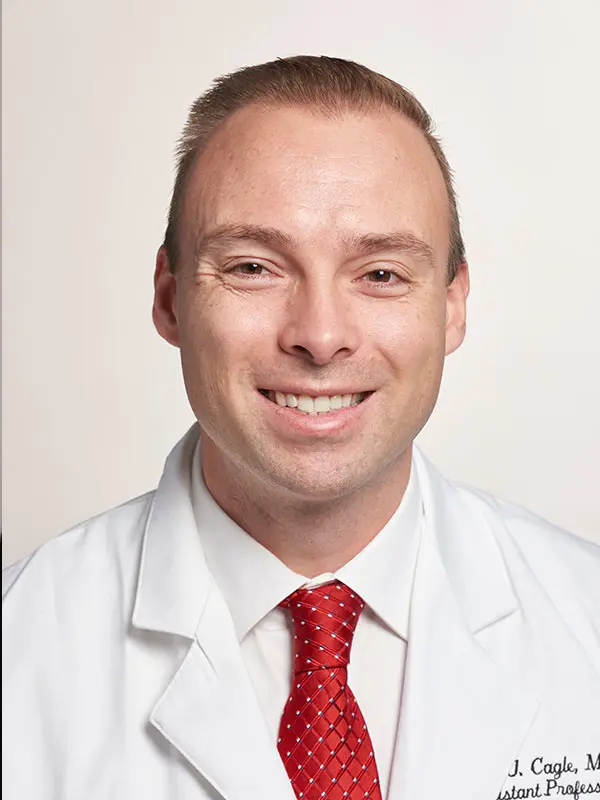It’s no coincidence that after five years of intense training, graduates of Mount Sinai’s Orthopedic Surgery residency program typically move on to some of the most coveted fellowships in the country. Indeed, their training pathway has been seeded by a program that is itself one of the nation’s most competitive and esteemed, accepting just seven residents this past year from more than 750 applicants.
Underscoring the program’s appeal is the diversity of its training experience, as residents rotate among five hospitals offering an enormous breadth of patient types and pathologies demanding a broad range of professional skills. “Residents get exposure to all the subspecialties of orthopedics by the end of their third year of residency,” says Bradford Parsons, MD, Professor of Orthopedics at the Icahn School of Medicine at Mount Sinai and Director of the program, a position he has held for the past 15 years. “Our training involves not just surgical skills, but other areas we consider equally or more important for their education, such as managing patients in the hospital and the outpatient setting. The program is structured in a way that allows residents to start focusing on their career pathway.”

Mount Sinai’s Orthopedic Surgery Residents, Class of 2022.
Mentorship From Experts in Divergent Specialties
Diversity also extends to the program’s faculty, whose full-time and volunteer members serve as instructors and mentors to orthopedists-in-training. “Residents benefit from a large pool of recognized experts in subspecialty fields ranging from sports medicine to trauma to tumor to spine surgery,” says Paul Cagle, MD, Associate Professor of Orthopedics and Associate Director of the program. “By spending time in surgical suites and classrooms with these experienced professionals, they get to see different skill sets and styles of work that can inform their own future practices.”
The 35 orthopedic residents in the Mount Sinai program are also given ample opportunity to explore basic and clinical research under the watchful eye of seasoned investigators. Trainees also get valuable guidance from faculty via a robust mentorship program, which gets underway before they even appear on site. “Even though we comprise seven residents and more than 60 faculty, we take great pride in the fact we’re a very tight-knit family,” emphasizes Dr. Parsons, who is himself a product of residency training at The Mount Sinai Hospital. “Our faculty members are very approachable and want to know how residents are doing in both their professional and personal lives.”
Embracing New Technology
The program also prides itself on change, and, to that end, is accelerating the use of virtual education and simulation tools to enhance the learning experience for residents in preparation for surgery on actual patients. The acquisition and incorporation of a state-of-the-art simulator into the course curriculum represents a meaningful step into the future. The simulator uses virtual reality graphics to promote advanced learning of skill sets around arthroscopy. Based on highly favorable feedback from trainees, an expansion of the simulator program is certain.

Mount Sinai Orthopedic Surgery residents participate in a hip arthroscopy virtual reality lab.
The Comprehensive Center for Surgical Innovation, which will be located in Midtown Manhattan near the Mount Sinai West hospital campus, is also expected to have a considerable impact on resident education. The facility, being built with the help of a grant from New York City, will provide an expansive venue for developing both dry- and wet-lab skills thanks to an array of orthopedic simulators, models, and surgical instruments to teach residents the intricacies of fracture care, arthroscopy, spinal injections, and other surgical techniques. According to Dr. Cagle, the Innovation Center, once completed, “will provide a great setting for cadaveric surgery and other innovative learning techniques that will not only advance the careers of residents, but allow our program to stand out both locally and nationally.”
Featured

Bradford O. Parsons, MD
Professor of Orthopedic Surgery

Paul J. Cagle, Jr., MD
Associate Professor of Orthopedic Surgery
